Kabaddi is huge in India and Bangladesh and it is also played in Pakistan and in many other Asian countries. But how popular is it outside of the continent, how is it currently being received and will that change at any point in the near future?
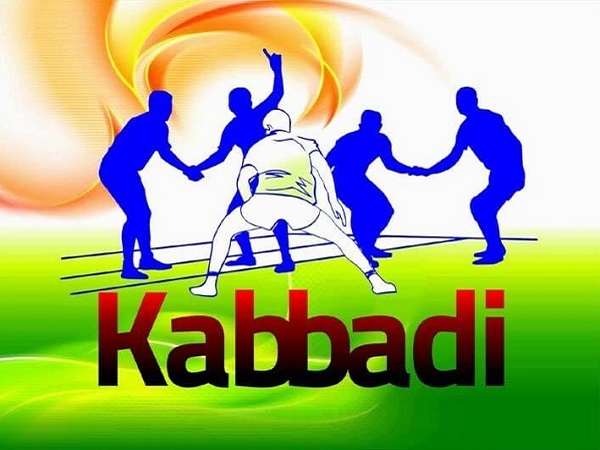
United Kingdom
There are around 1.5 million people of Indian ethnicity in the UK, and they are helping to drive the popularity of kabaddi here. Not only does the UK have a readymade fanbase with people who know the sport, but there are also many millions of Brits who grew up playing very similar games on the playground.
In many ways, British men and women above the age of 30 have been exposed to forms of kabaddi for years, even if they don’t quite realize it.
And when you combine this with the love that the Brits have for rugby union and rugby league, you begin to understand why kabaddi is growing so fast there. There are currently more kabaddi clubs in the UK than ever before and many of these can be found in London.
The England Kabaddi Federation, in addition to Sky Sports coverage of the Pro Kabaddi League, has helped a great deal, but UK universities are also doing their bit, promoting the game to students nationwide. Universities are actually why rugby union became one of the fattest rising sports in the United States, and they were just as primed for that game as Brits are for kabaddi, so we could see something similar happen.
Oh, and did you know that you can even bet on Kabaddi now? A clear sign that your sport is starting to become popular.
United States
Speaking of the US, kabaddi is on the rise there as well. The Americans like a rough-and-tumble sport, and could take to kabaddi as quickly as they took to extreme dodgeball, only it has the potential to stay around a lot longer than this short-lived obsession.
The US were one of the teams competing at the recent Kabaddi World Cup, and while they didn’t perform very well, it did help to elevate the status of this sport back in the United States.
The existence of the team itself didn’t say much for kabaddi as it was cobbled together very quickly and they used football players and other non-kabaddi players who didn’t really know what they were doing, but there are many more things for kabaddi fans to get excited about.
There are hundreds of thousands of kabaddi fans in the US, and many of the are from the 4 million+ strong Indian community, but as with the UK it’s also becoming popular in a handful of universities.
Poland
Poland is one of the few kabaddi teams that doesn’t field many Asian-born players. However, kabaddi is popular here purely because an Indian brought the game with him and did his best to promote it.
Abhishek Sharma is the man behind the growth of kabaddi in Poland, the reason that it competed at the recent World Cup and the reason they are considered to have one of the best international kabaddi teams outside of Asia. He has faced tough opposition in his quest to promote this sport as the government haven’t always been forthcoming with funding, but he found a kindred soul in Michal Sosin, a Polish Karate expert and entrepreneur, who helped him to establish roots for the game.
Argentina
Argentina have a history of taking to sports that haven’t been very popular elsewhere in South America. A couple decades ago they began playing rugby at a decent level and today they have one of the best rugby teams in the world, even though there are no other South American teams (or North American teams for that matter) that compete at the highest level.
In fact, the early days of rugby union in Argentina are similar to how kabaddi is perceived now, albeit to a lesser extent. If they take to this sport as quickly as they did to rugby union and become just as good at it, then we could see a team from South America playing on a similar level to a team from Asia very soon.
Australia
Not only does Australia have a large Indian community but they have an affinity for contact sports, perhaps more so than any other country. The biggest sports in Australia are Aussie Rules, rugby league and rugby union, three of the toughest games in the world.
They also filled a team during the recent Kabaddi World Cup and there are a handful of kabaddi clubs in the country. They were the worst performers in the aforementioned World Cup and didn’t field a professional team capable of actually winning—they didn’t even seem to fully understand the rules. But everyone has to start somewhere and despite not performing well the World Cup seemed to increase the popularity of the sport Down Under.
Popularity in Australia could also help to spread the game to New Zealand and even to South Africa and Argentina, as these countries have developed a close relationship following their fierce rugby rivalries as well as the Super Rugby league.


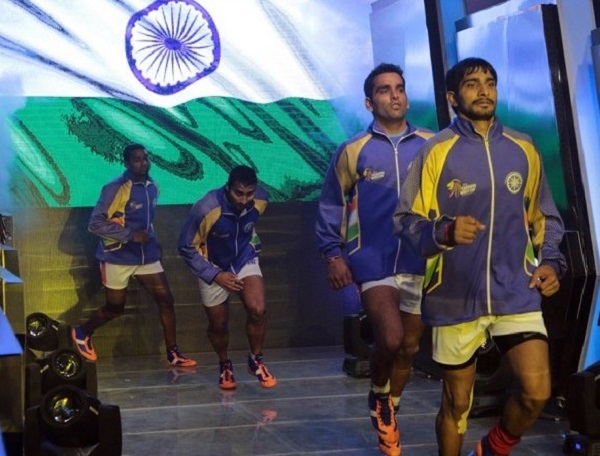
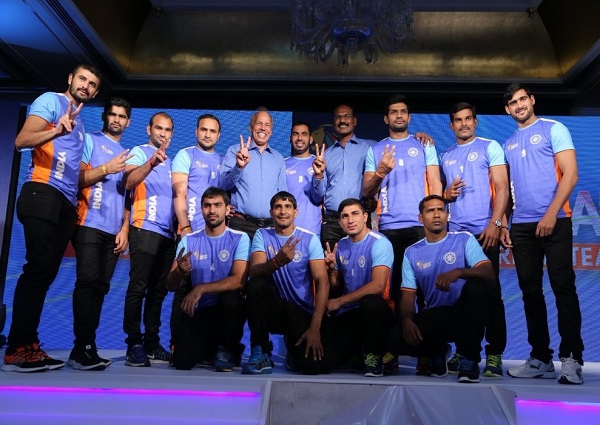

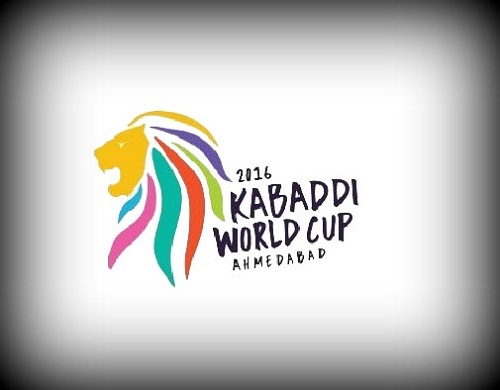
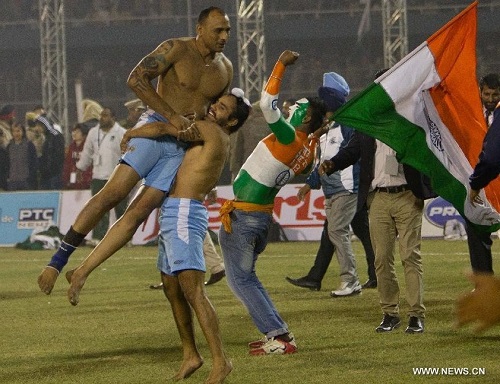


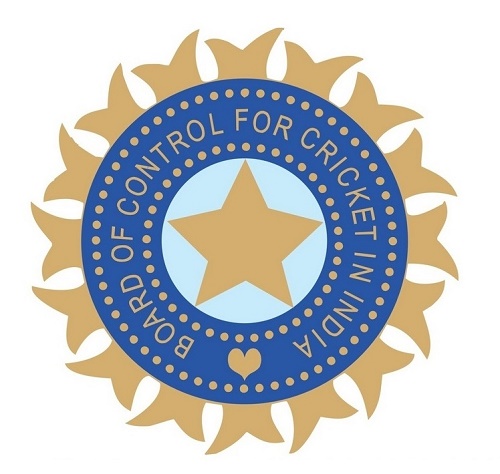
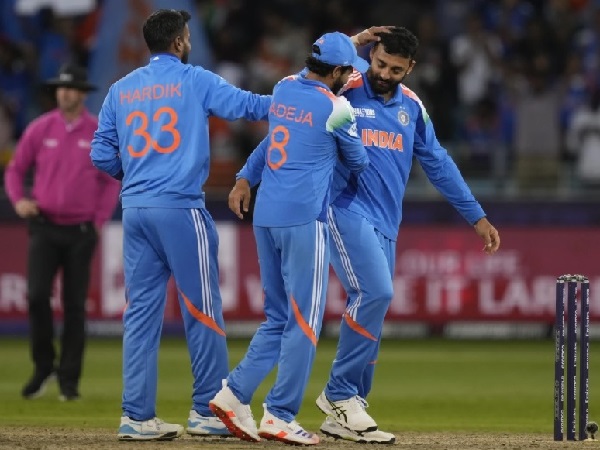
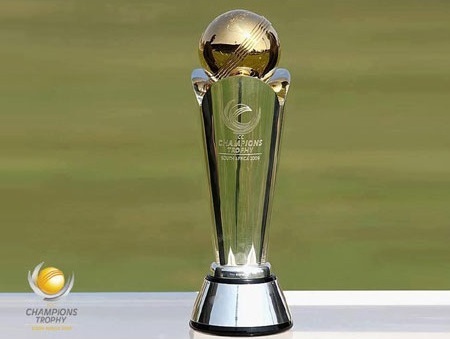
Leave a Reply